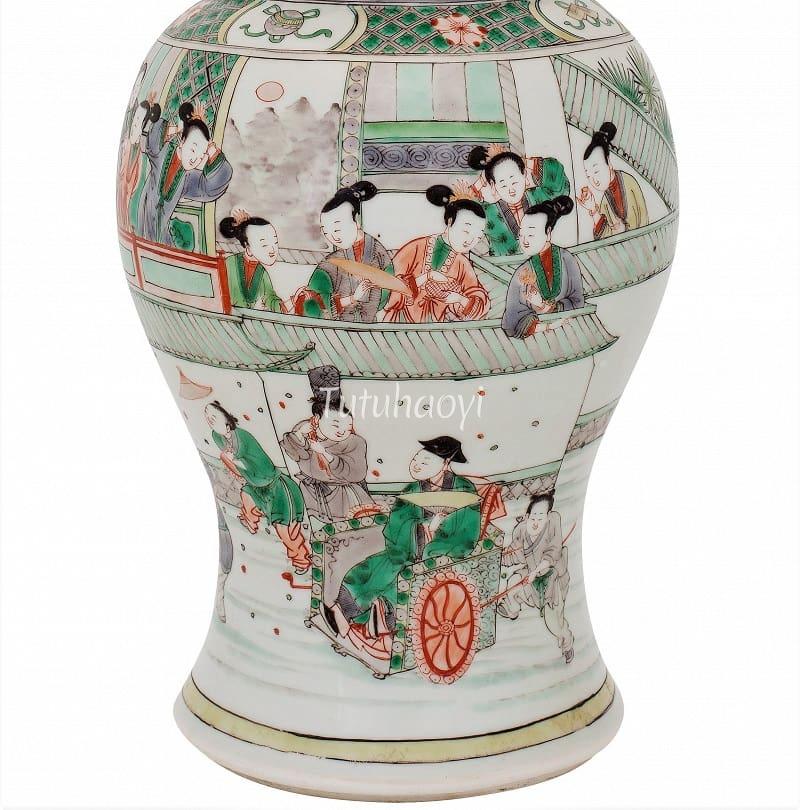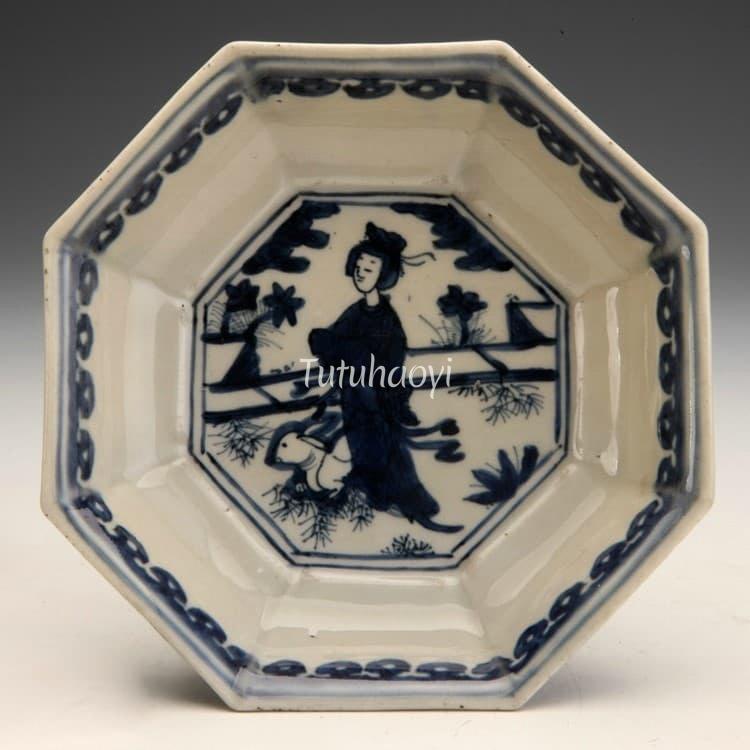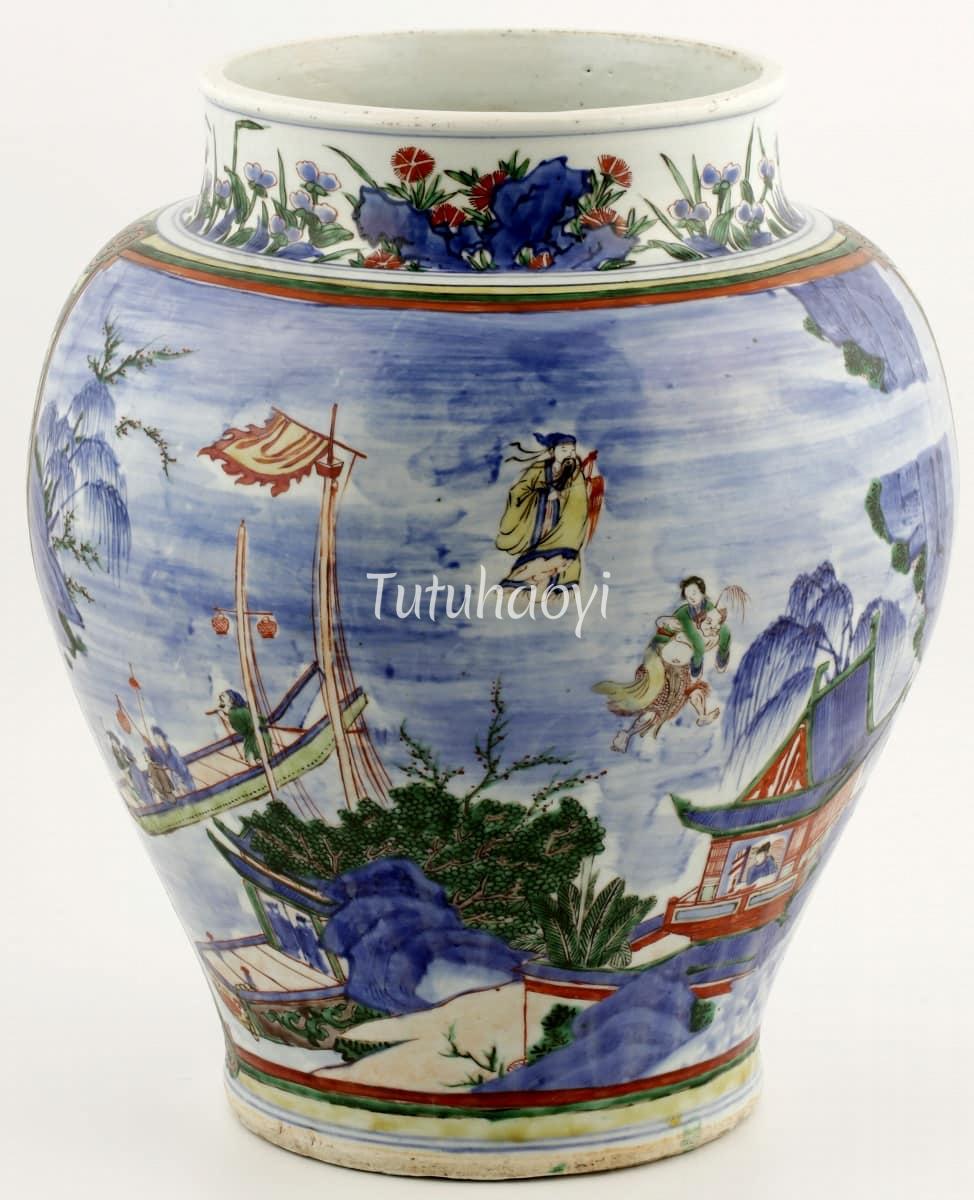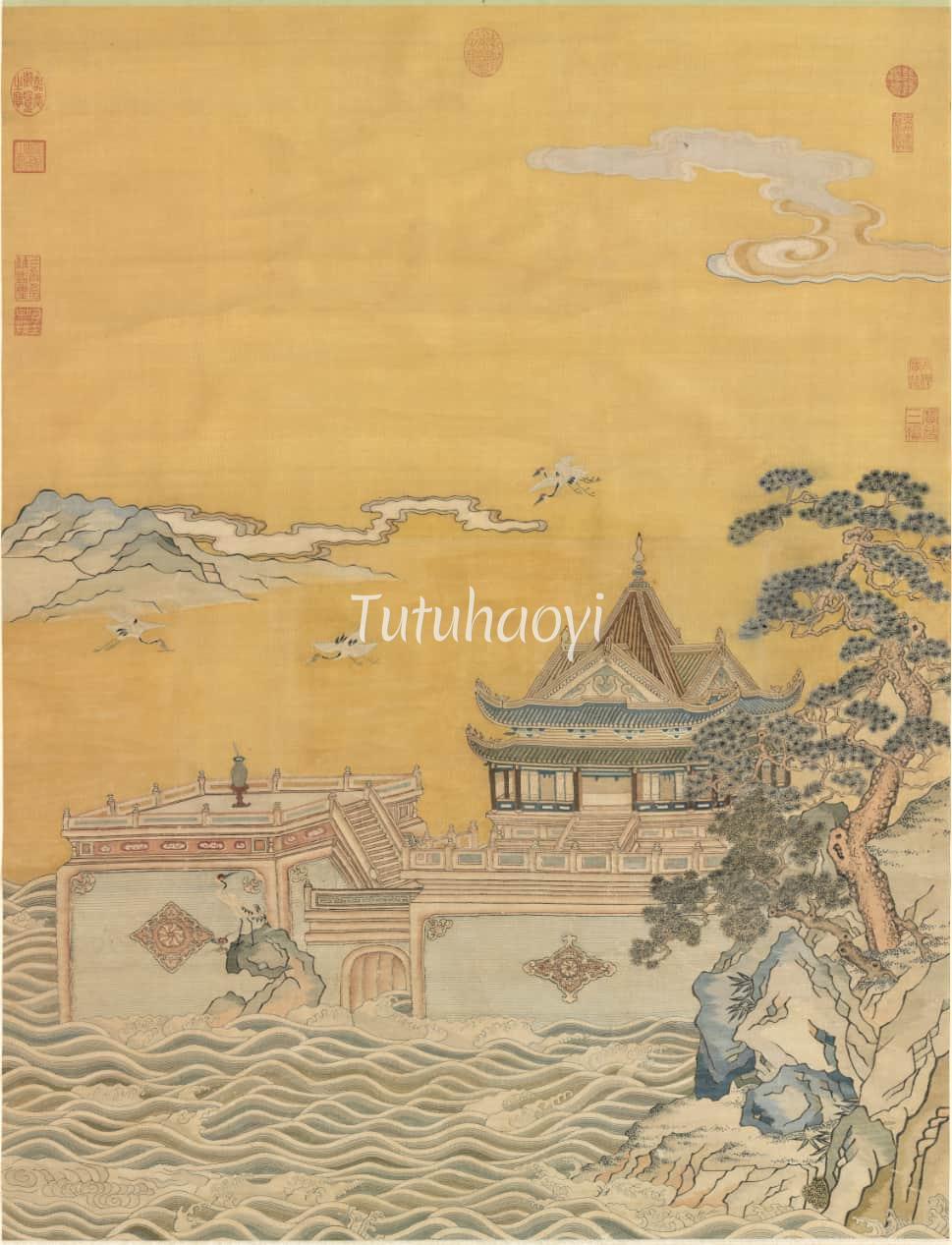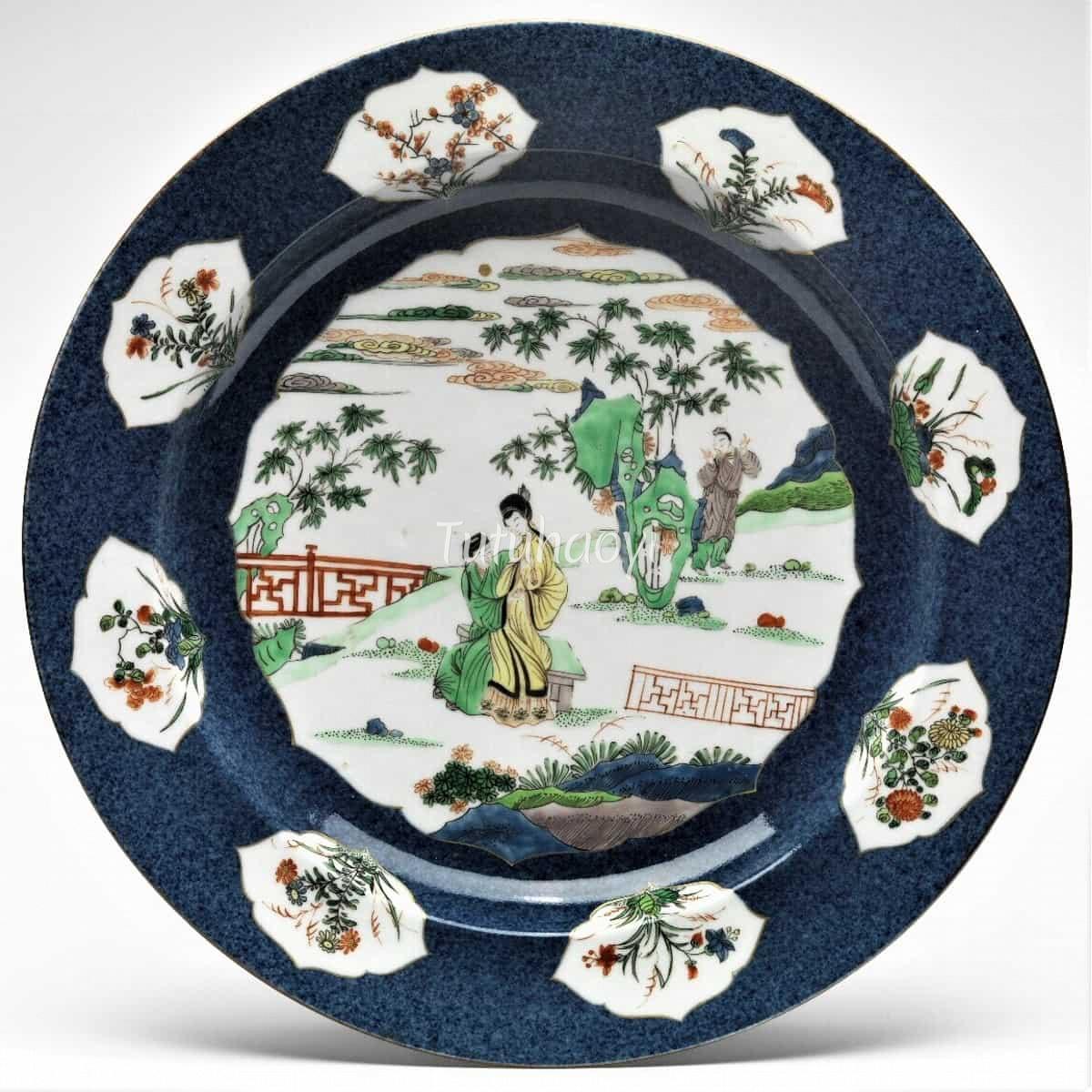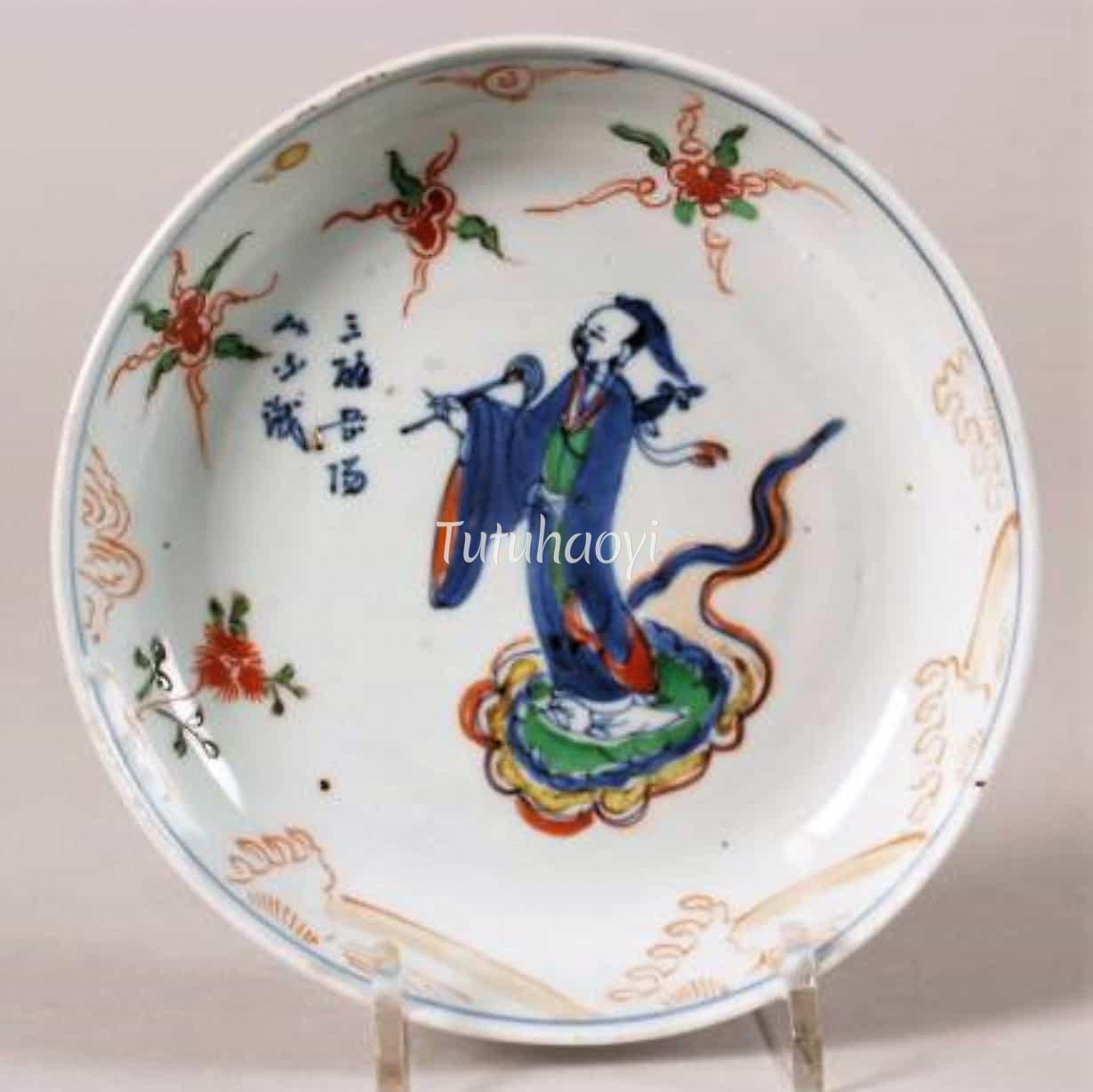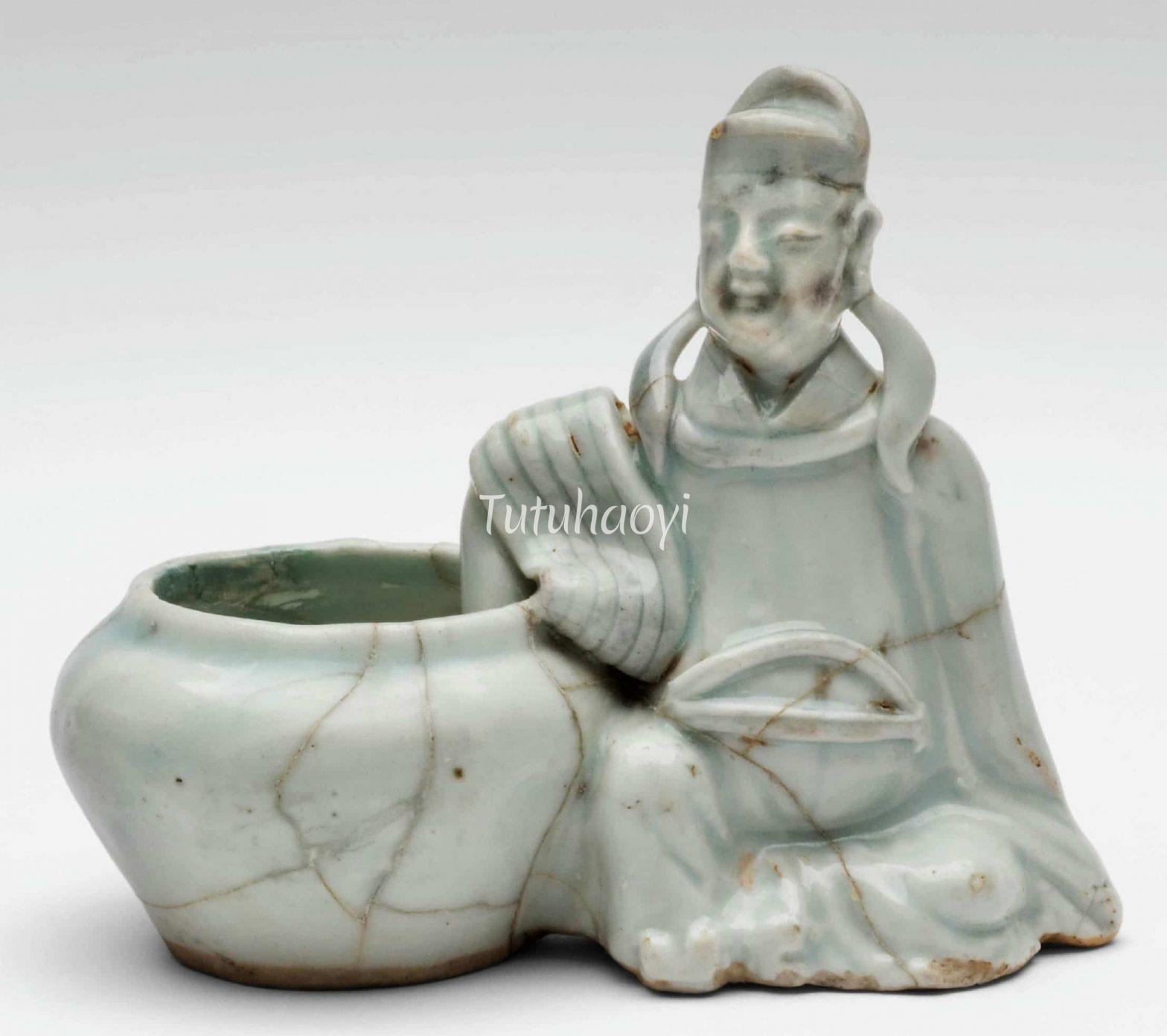- No products in the cart.
Chinese Pinyin: Zhi Guo Ying Che
Chinese: 掷果盈车
Name Of Image: Fruit-throwing antics
Description:
The second half of the third century and the beginning of the fourth century saw a couple of most handsome men in the history of China. For example, Pan An 潘安 (247–300) was exceptionally cute and adorable when he was …

